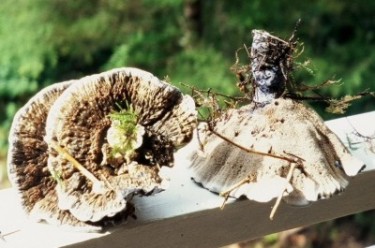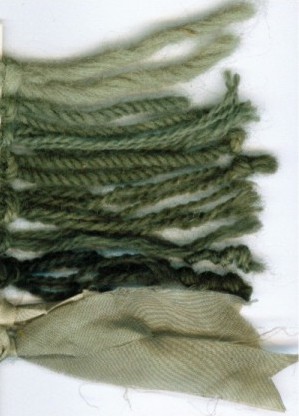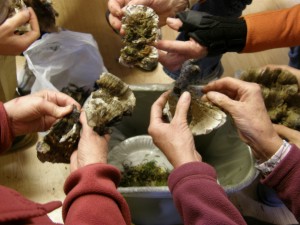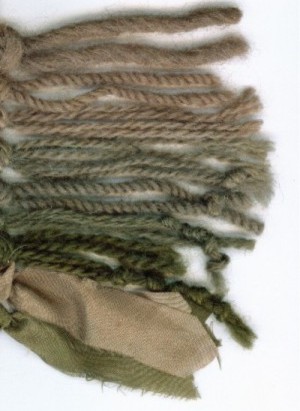Mushrooms for Color |
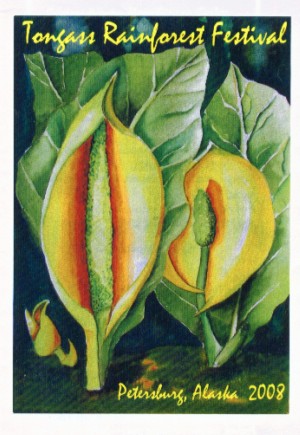 |
TONGASSRAINFORESTFESTIVALPetersburg, Alaska 2008 MUSHROOM DYE WORKSHOPSeptember 7, 2008 |
|---|
"The Tongass Rainforest Festival", was a celebration of an amazing variety and interconnectedness of life that is found in the Tongass National Rainforest of S. E. Alaska.
Though fungi were an important focus of this gathering, the emphasis was on the interwoven texture of the Tongass National Forest as an interconnected whole - trees, lichens, ferns, shrubs, wildflowers, birds, seashore life and fungi were all an integral part of the warp and weft of this richly texured fabric, with insight into the ethnobotanical uses of all of these aspects by the peoples of the First Nations. Experts in these fields gave individual talks, lectures and workshops throughout the 3 days of festivities, and led forays with many of them in attendance contributing morsels from their fields as we walked through the forests presenting a very rich menu of experience for the Festival attendees.
And of course those of us who focused on the possibility of mushroom dyes took many forays into the Sitka Spruce forests looking for the elusive Dermocybes and Hydnellums for our dyebaths.
Though our Petersburg dye workshop was only 3 hours long, we collected enough fungi for a wonderful selection of color, which I share with you below. Of course, the red-gilled Dermocybes showed up AFTER I left the area, but the enthusiastic mushroom dyers of Petersburg continue to experiment with new fungi and to send me updates and photos of their finds. I will add those in as they arrive.
by Dorothy Beebee, Mushroom Dye Institute
